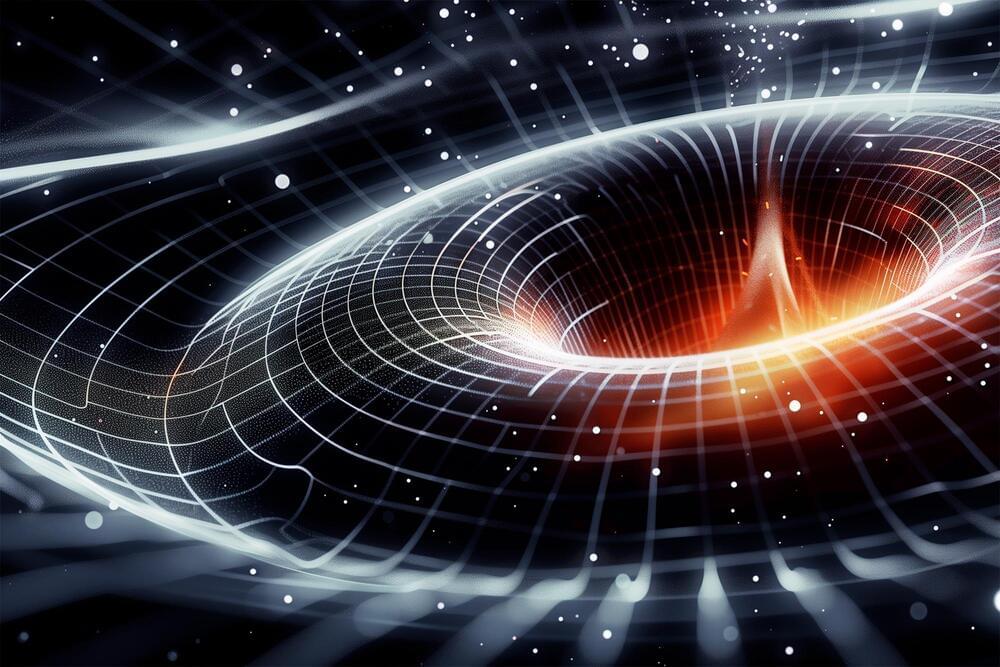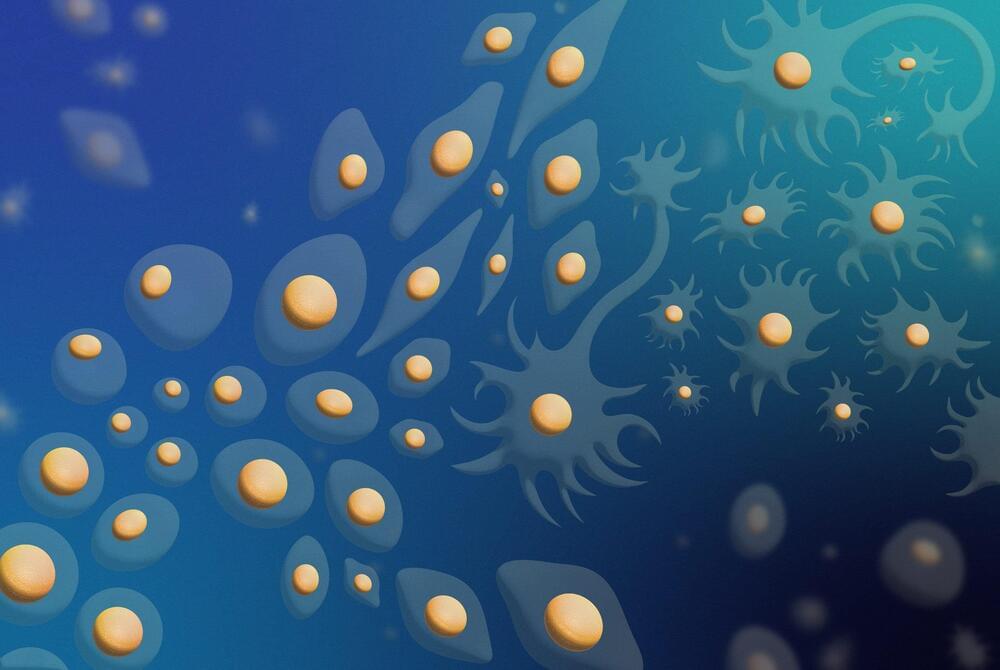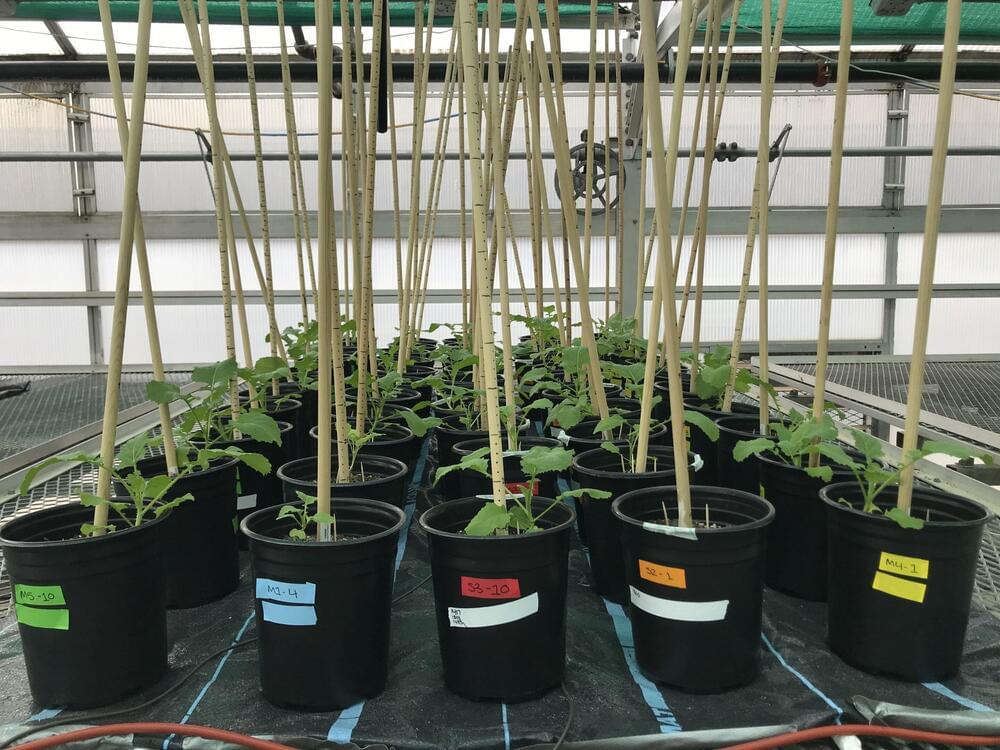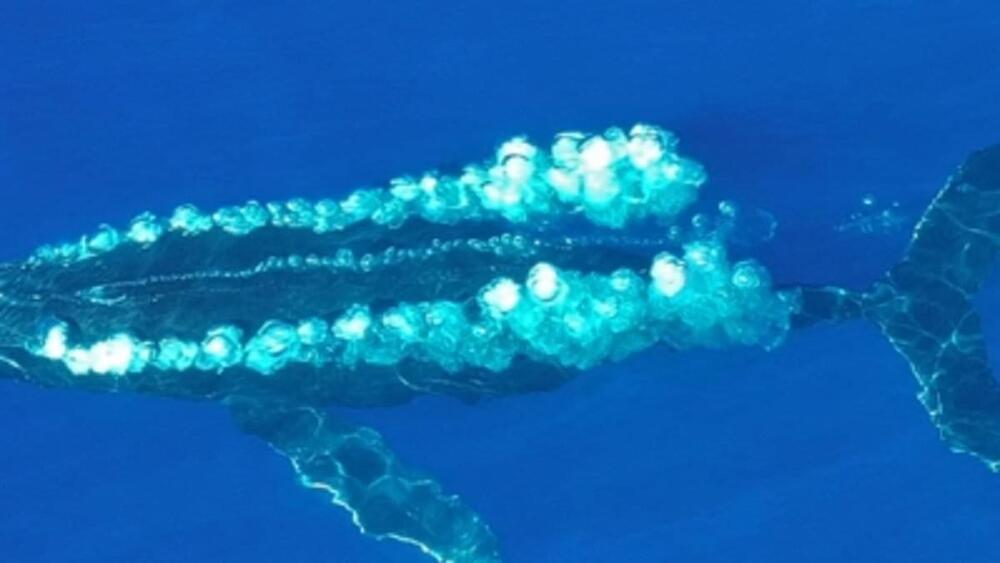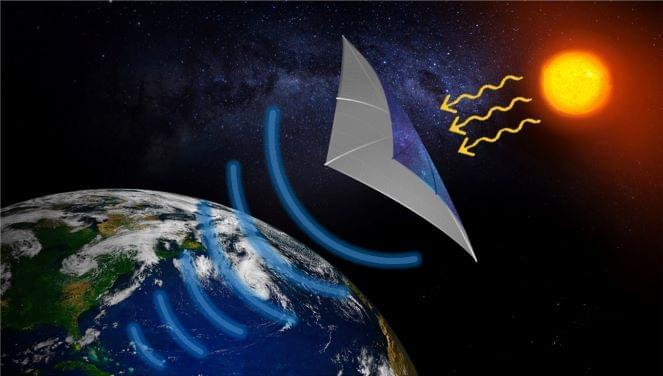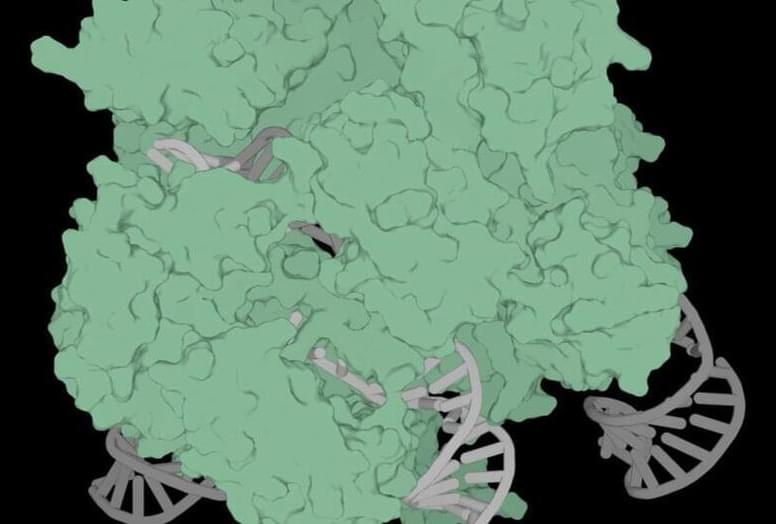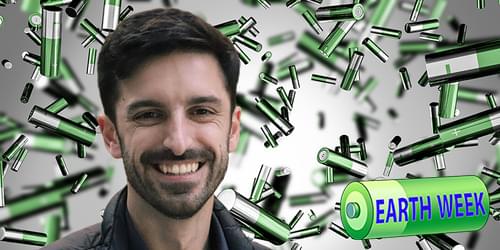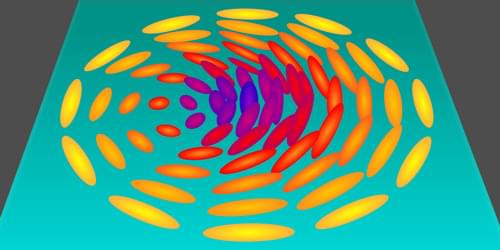Apr 23, 2024
Peering Into the Abyss: AI and Physics Unite to Unveil a Black Hole Flare in 3D
Posted by Saúl Morales Rodriguéz in categories: cosmology, physics, robotics/AI
Using AI and ALMA data, scientists create a groundbreaking 3D video of flares around our galaxy’s central black hole, offering new insights into its dynamic environment.
Scientists believe the environment immediately surrounding a black hole is tumultuous, featuring hot magnetized gas that spirals in a disk at tremendous speeds and temperatures. Astronomical observations show that within such a disk, mysterious flares occur up to several times a day, temporarily brightening and then fading away. Now a team led by Caltech scientists has used telescope data and an artificial intelligence (AI) computer-vision technique to recover the first three-dimensional video showing what such flares could look like around Sagittarius A* (Sgr A*, pronounced sadge-ay-star), the supermassive black hole at the heart of our own Milky Way galaxy.
Continue reading “Peering Into the Abyss: AI and Physics Unite to Unveil a Black Hole Flare in 3D” »
